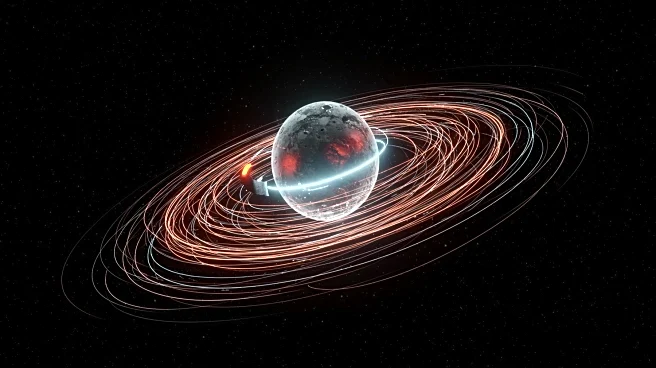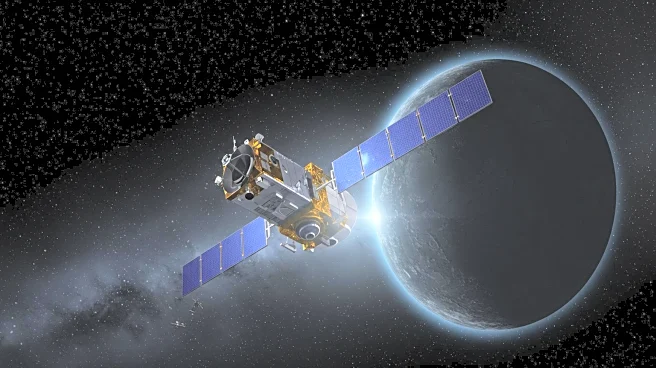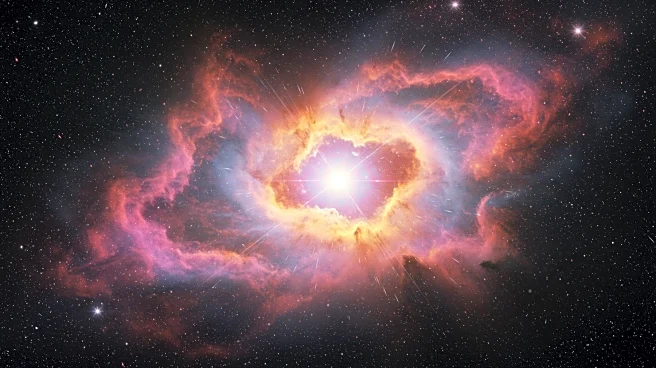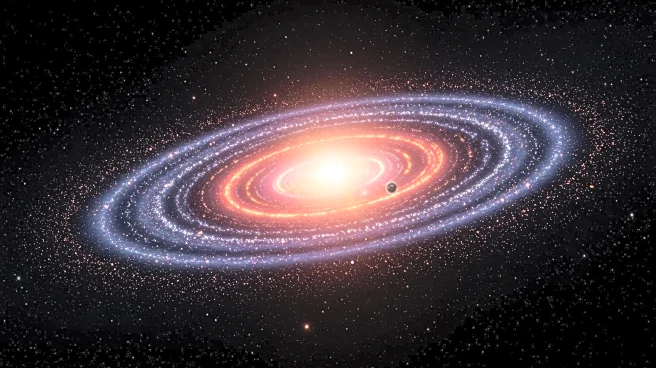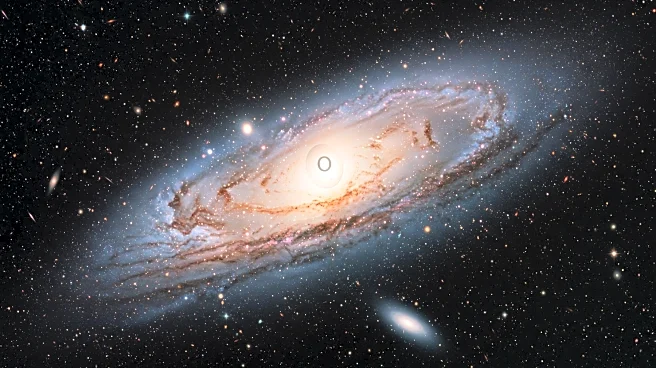Rapid Read • 8 min read
Astrophysicists have identified a new type of space object, named 'Punctum', characterized by its compact and bright appearance visible only at millimeter wavelengths. The discovery was made by Elena Shablovinskaia and her team from Universidad Diego Portales in Chile and the Max Planck Institute for Radio Astronomy in Germany. Punctum exhibits an unusually organized magnetic field, which was revealed through polarized light observations using the Atacama Large Millimeter/submillimeter Array (ALMA). Despite attempts to classify Punctum as a known phenomenon like a magnetar or supernova remnant, it defies existing astrophysical categories. The object is located in the nearby galaxy NGC 4945, known for its active star-forming regions. The research, highlighting Punctum's unique properties, has been accepted for publication in Astronomy & Astrophysics and is available on arXiv.
AD
The discovery of Punctum challenges existing astrophysical theories and underscores the complexity of cosmic phenomena. It highlights the limitations of current understanding and the potential for new discoveries in space science. The object's unique magnetic properties and brightness, significantly exceeding those of known magnetars and supernovas, suggest the presence of previously unrecognized cosmic processes. This finding could lead to advancements in multi-messenger astronomy, where different types of signals are used to study celestial objects. The research emphasizes the need for continued exploration and innovation in astronomy, potentially impacting future studies of magnetic fields and cosmic light behavior.
Further investigation into Punctum's magnetic environment is planned, focusing on its polarization properties to understand its origins and connections to known astrophysical objects. Researchers aim to measure its magnetic field across various wavelengths and observe changes over time. This could provide insights into the mechanisms powering Punctum and its relationship with phenomena like black holes or neutron stars. The study may also inspire new methodologies in astronomy, encouraging the use of diverse observational techniques to uncover hidden cosmic objects.
The discovery of Punctum serves as a reminder of the vast unknowns in space exploration and the potential for groundbreaking findings in regions previously thought to be well-understood. It raises questions about the diversity of cosmic objects and the processes that govern their formation and behavior. The research could influence future theoretical models in astrophysics, prompting a reevaluation of existing assumptions and encouraging interdisciplinary approaches to studying the universe.
AD
More Stories You Might Enjoy
